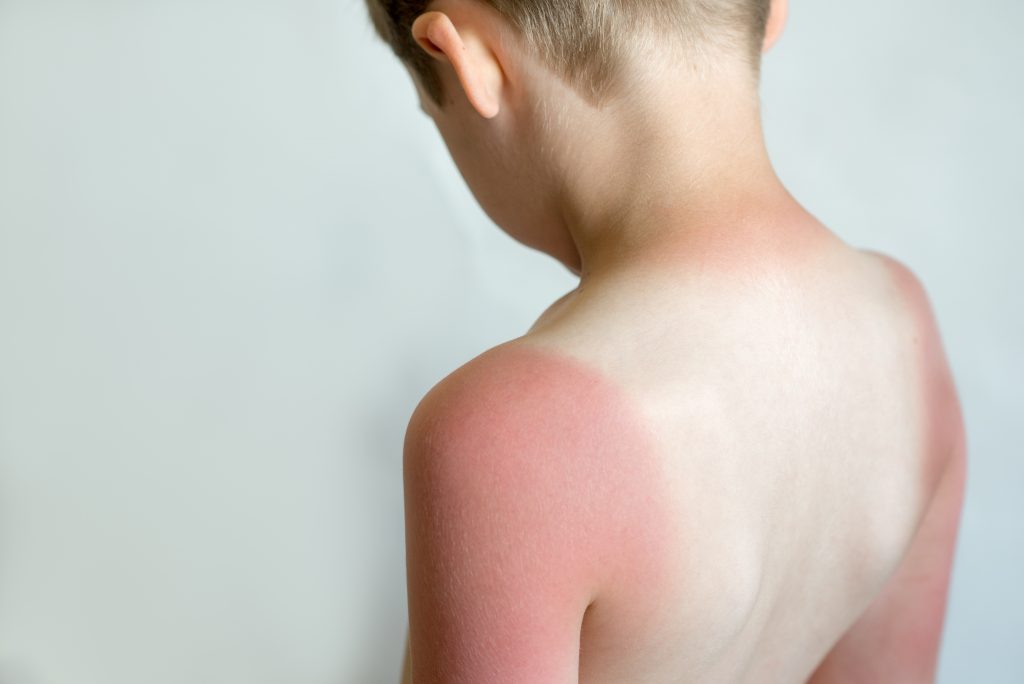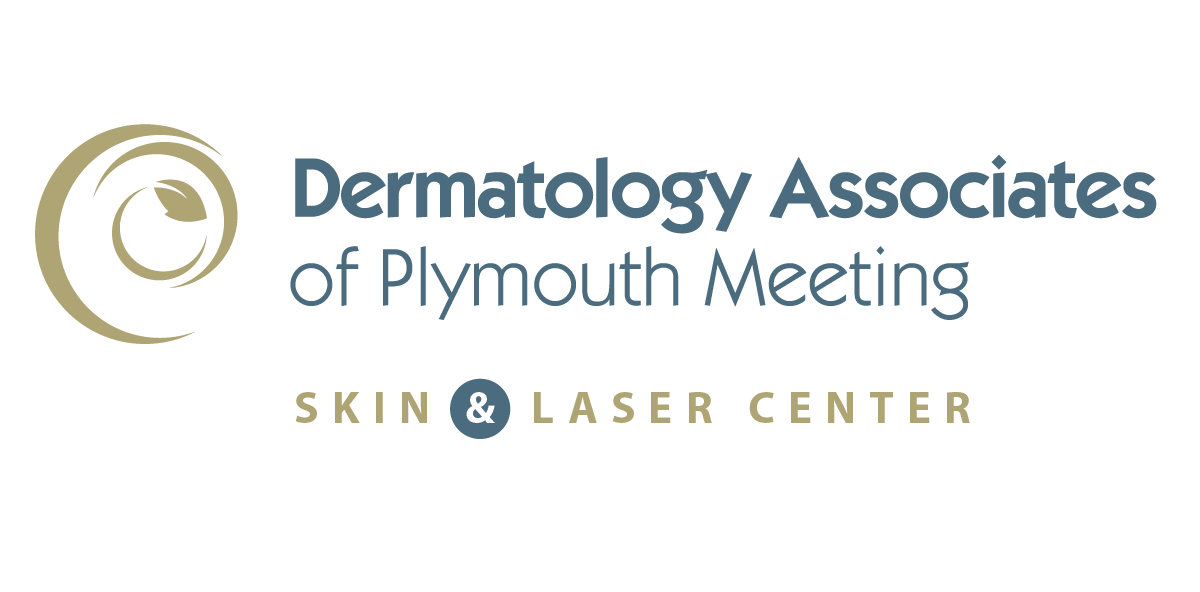Different Types of Sunburns in Pediatrics: Insights From a Dermatologist’s Office

Exposure to the sun’s rays can cause painful sunburns, with an estimated 55% to 72% of children suffering from burns each year. At Dermatology Associates of Plymouth Meeting, we provide comprehensive pediatric skin care for children who have suffered from all types of sunburn—and we believe that by providing parents and guardians with more information about pediatric sunburn and how to prevent it, we can further protect our patients.
The Importance of Sun Protection in Pediatrics
Sun protection is important at all stages of life, but it is perhaps most critical during childhood. In fact, studies have found that anywhere from 50% to 80% of skin damage due to sun exposure occurs during a person’s childhood and adolescence. Combine this with the fact that children’s skin is naturally more sensitive to the sun’s harmful rays and the potential long-term effects of sunburns during early childhood (like an increased risk of skin cancer later in life) and it’s easy to see why establishing healthy sun protection habits early on is so important.
Identifying Different Types of Sunburns in Children
First-Degree Sunburns
The most common type of sunburn (and, thankfully, the least serious) is the first-degree sunburn. With this type of sunburn, you’ll notice redness and dryness of the affected skin. The area may be tender or painful to the touch, but the skin should heal on its own within about a week. In the meantime, cool water and the application of aloe vera can help to relieve discomfort.
Second-Degree Sunburns
A more serious sunburn, known as a second-degree sunburn, occurs when sun damage exceeds the superficial layer of the skin and affects the area underneath it as well. In some cases, this type of burn may result in blisters that will leak a clear fluid—and pain/discomfort may be severe. Even after the burn heals (usually within a few weeks), the skin may appear a different shade and permanent scarring may occur.
Sunburn Blisters
A third-degree sunburn (also known as sunburn blisters) occurs when the damage to the skin goes even deeper than a second-degree burn. This type of sunburn is almost always associated with painful blisters that can leak. These burns can take weeks to heal and also result in permanent scarring. Treatment by a skincare professional is often recommended to minimize scarring and encourage faster healing.
Sunburn with Systemic Symptoms
The worst type of sunburn is a fourth-degree sunburn with systemic systems that affect other areas of the body aside from the skin. Also known as a full-thickness burn, this severe type of sunburn affects all layers of the skin, as well as the fat and muscle underneath it. The skin may turn different shades, including an alarming grey or black. Medical treatment is necessary and surgical intervention may be required.
Preventing Sunburns in Children
Sunscreen Application
Make sure to apply sunscreen to all exposed areas of skin at least 15 minutes prior to going outside, and reapply sunscreen every two hours (or as needed).
Protective Clothing and Accessories
Whenever possible, don protective clothing to reduce sun exposure. This includes putting children in a long-sleeve rash guard while playing at the pool or beach, as well as having them wear a hat to protect the scalp.
Seeking Shade and Avoiding Peak Sun Hours
Stay in shady areas while playing outside (whenever possible) and avoid being outside during the sun’s peak hours, which usually span from about 10AM to 4PM.
Teaching Children About Sun Safety
Explain the importance of sun safety to your child, as well as the long-lasting damage that the sun can do to the skin. This will set your child up for a lifetime of sun safety.
When to Seek Professional Help
Less severe sunburns can often be treated at home with cool compresses and aloe vera. However, if your child is suffering from a more serious burn, it may be necessary to consult with a pediatric dermatologist for treatment. Some signs that a sunburn requires medical attention include:
- A burn that covers more than 20% of the body
- Chills and/or fever
- Signs of infection, such as pus-filled blisters
- Extreme pain or discomfort
The Bottom Line on Sunburns in Children
From first- and second- to third- and fourth-degree burns, nobody wants to see their child suffer from a sunburn that could have been prevented. With the right protection measures, your child will never need to know the pain and discomfort of a severe sunburn. If they do, however, Dr. Kathleen McGuinn, M.D. and Dr. Eleni McGeehin, M.D. Dermatology Associates of Plymouth Meeting are here to help. Reach out to our team at (610) 947-4322 to schedule an appointment.
